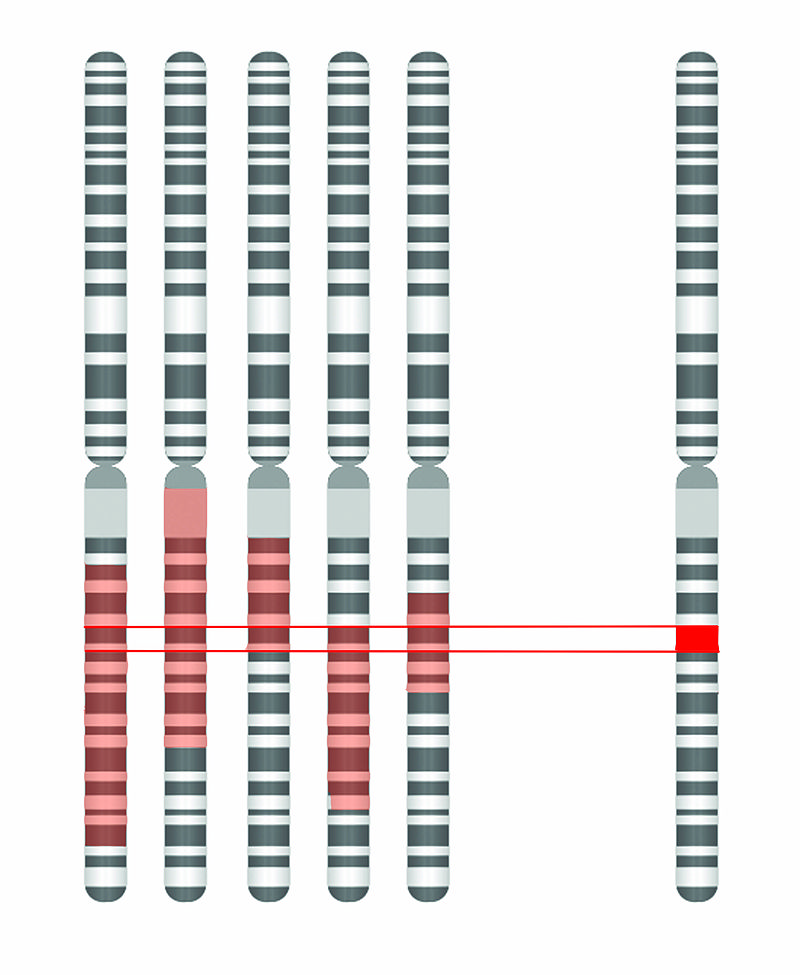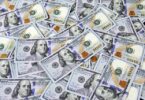 aNewDomain — It’s a weird assertion, but most folks think autistic people aren’t very creative. But a recent study suggests we autistics are in fact really creative — and creative in an unusual way.
aNewDomain — It’s a weird assertion, but most folks think autistic people aren’t very creative. But a recent study suggests we autistics are in fact really creative — and creative in an unusual way.
Maybe you’ve heard of an old creativity experiment that has adults and children try to come up with as many ways as possible to use some given objects. Adults tend to crap out on this project pretty quickly. We know what things are for, so it’s hard to get out of the box.
But children, who don’t labor as much under the constraints of what should be, are more able to imagine novel uses for an object. They come up with more uses, more quickly.
This new study replicates that experiment except it replaces children with autistic adults. It also replaces quantity of responses with quality of responses, asking a panel to rate the ordinariness of each response.
 The panel found that autistic responses tended to be less usual – more creative – than the neurotypical responses.
The panel found that autistic responses tended to be less usual – more creative – than the neurotypical responses.
Like most good psychological studies, the results here aren’t that surprising. Not to me, anyway.
We autistics don’t understand the rules, as a rule …
We autistics are people who don’t understand the rules. You have to make the rules explicit for us or we autistics just won’t pick them up. Not on the fly and not on the sly, as other humans do.
If I have any talent as a psychologist, it is that ability to make the implicit explicit – driven by the need to do so.
Children outperform adults on tasks of novelty exactly because they haven’t learned grownup limitations and rules, like: These things have only their explicit purpose; it is unacceptable to state any other possible use; and you will be punished for naive responses with mockery.
I’ve learned these lessons well and internalized them, But some of them, I can’t go along with.
My thinking is limited by the fact that there is convention — more than any convention in itself.
Of course, that doesn’t mean this study was a perfect one.
 It’s behind a paywall, and so it’s quite difficult to really assess. (That’s pretty creative, actually: charging twenty pounds to read a single article? Good luck to you good people on your path to millionaire-hood. Who actually drops the cash to read these things?)
It’s behind a paywall, and so it’s quite difficult to really assess. (That’s pretty creative, actually: charging twenty pounds to read a single article? Good luck to you good people on your path to millionaire-hood. Who actually drops the cash to read these things?)
The abstract of the research paper about the study does not suggest really great screening for autism, either. It states only that people with “autistic traits” were used.
The thing is, as I’ve noted before, there are a lot of different constellations of behaviors and symptoms that get classified as autistic, for all manner of reasons. Autism as we understand it today is perhaps four or more entirely different phenomena.
A friend asked me to present at a conference, to keynote a thing for police about interacting with autistic people.
But I don’t know if I can do what he’s asking. I mean, I might not represent other autistic people that well.
I can describe my internal experiences, for starters, and I do have pretty good wraps on my affective state. I pay for that when nobody is around, for sure, but I can pass if I have to.
 Most autistics can’t.
Most autistics can’t.
When we try to get at the causes of autism, and isolate a single cause, this is our main problem: we don’t even have a single phenomenon to investigate. We have several. There is diagnostic confusion, politics, funding …
Some kids get the autism label simply because they have problems and autism support is the only thing available that is well-funded. And that’s a problem that really needs a creative solution …
So, without a really concise and precise definition of autism, it is unlikely the data here are super clear. “Autistic traits” tend to be identified more in people of lower IQ – a predictor of fewer responses on the type of instrument used here. I can’t tell if the study controlled for IQ (I teach community college; twenty pounds for an article is beyond my means). I can’t tell what flavor of autism, if any, was investigated, or if any of their participants met and diagnostic criteria, or how they established that they had autistic traits.
Which leads us to epistemology. When reading such articles, it pays to be really careful about how they inform us. I think the main benefit of this one is this bit of information: it doesn’t pay to make blanket statements about people. People might be more or less creative, depending on all manner of traits and states, and also on how you define the relevant terms – what does it mean to be creative?
I still maintain that the most creative thing going on here is the price of the article. You can’t make this stuff up.
For aNewDomain, I’m Jason Dias.
Image one: by Peter Marquardt from Freiburg, Germany (Hindsight is Blue Uploaded by FAEP) [CC BY 2.0], via Wikimedia Commons); image two: “Disease Gene Mapping with Multiple Chromosomes” by Esherma1 – Own work. Licensed under CC BY-SA 3.0 via Wikimedia Commons; image three: “Autismbrain” by National Institutes of Mental Health, National Institutes of Health. Originally this was taken from Major Brain Structures Implicated in Autism, but that resource no longer exists. An inferior copy of it, in GIF form, is in Major Brain Structures Implicated in Autism, an image that appears in: Strock, M (2007). “Autism spectrum disorders (pervasive developmental disorders)”. National Institute of Mental Health. Retrieved on 2007-10-05.. Licensed under Public Domain via Wikimedia Commons.
Cover image: Blank Check by Rene Magritte (1965): Wikiart.org, All Rights Reserved.












